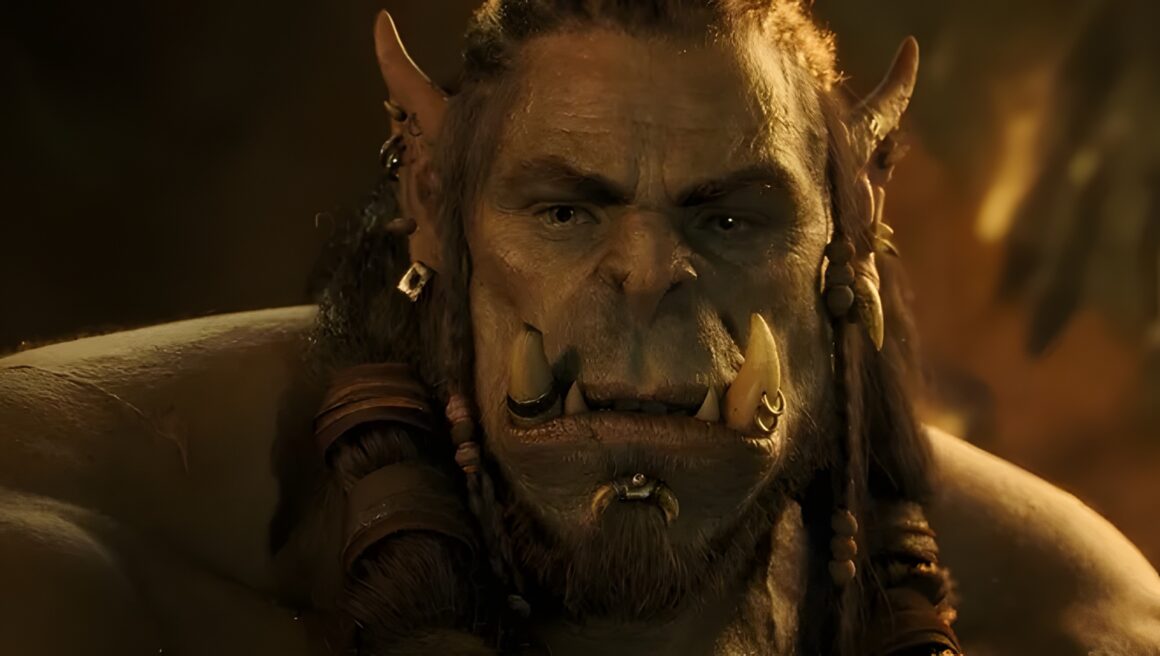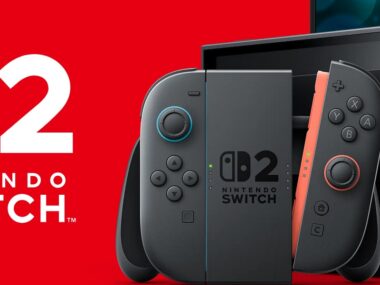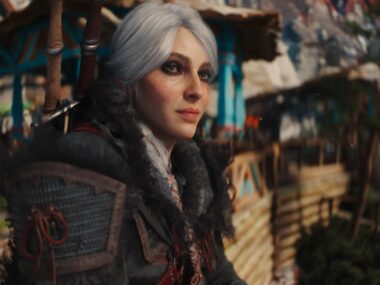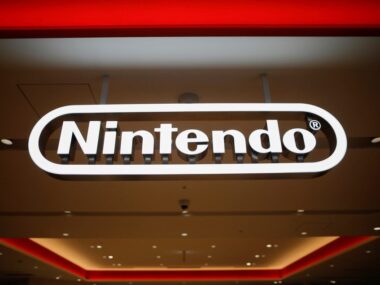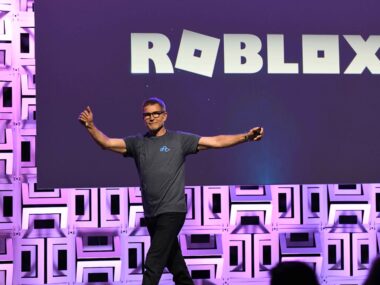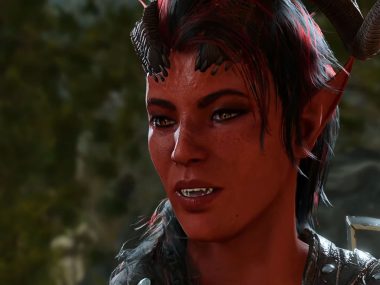Blizzard was gearing up for BlizzCon with over $1.2 million spread across tournaments in Heroes of the Storm, WoW Arena, Hearthstone, and StarCraft II. For a multi-franchise company, it was decent. But compared to Dota 2’s $18.4 million prize pool or League of Legends’ $2.1 million, it looked modest.
That contrast mattered because it signaled something: Blizzard wasn’t aiming to lead esports. They were trying to keep up while managing aging games. They were playing defense.
The Push for Quality-of-Life… and the Pushback
On the forums, players requested a matchmaking system for normal difficulty raids, hoping for something more flexible than pugging.
Blizzard’s official response? A polite but firm no.
“Given that extra option, I believe very few would be satisfied with queueing for LFR only… [it] creates false expectations…”
They weren’t wrong. Automated systems work best for simple content. At the same time, the refusal hinted at something else: Blizzard was struggling to balance player convenience with social mechanics that hadn’t meaningfully evolved in years.
The community didn’t want to break the game. They just wanted it to fit better into real life.
The Books That Came Instead of Content
Around the same time, Blizzard announced a publishing deal with Random House: new novels for World of Warcraft and StarCraft, written by solid authors like William King and Timothy Zahn.
Sounds good…until you realize they were marketing books as a way to tell stories they didn’t “have time” to tell in the games.
Didn’t have time?
Players were experiencing content droughts in-game. Now they were being told to go buy and read a book for story payoff. The books weren’t the problem. The priorities were. If the goal was to expand the universe, why not expand it in game?
Why Flying Was the Final Straw for Some
The introduction of the Pathfinder achievement for flying in Draenor caused a major divide. Some players didn’t want to grind in a zone they hated just to earn flight. Others, like myself, powered through. Partly because it unlocked flying account-wide, and partly because we saw the writing on the wall.
If you didn’t earn it now, would you be forced to go back and grind for it in Legion? History said yes.
It was a classic case of gated design meant to stretch playtime… at the cost of player goodwill.
RNG Fatigue and the Rise of Other Models
Players were getting fed up with RNG. One commenter summed it up best:
“Give me linear progression and a token system any day… Or make a random chance for items to drop, but also let me buy them with tokens if they never drop.”
The lack of evolution in reward systems became painfully clear. Games like Skyforge were experimenting with currencies and progression tied to activity, not luck. Meanwhile, WoW still relied on outdated mechanics from a time when it had less competition.
That was the real problem. Ten years earlier, WoW could afford to be slow to adapt. Now, players have options. Maybe too many options. And an expectation of respect for their time.
MMOs Must Keep Up or Be Left Behind
The frustrations players voiced weren’t just about flying, matchmaking, or novels. They were about an MMO struggling to adapt to a changing world where people had less time, more choices, and higher expectations.
Preserving these moments matters, not to complain, but to learn.
Games that ask for player time have to earn it.
The golden age of MMOs proved what was possible. But nostalgia alone won’t save the genre. Innovation will.
📌 Changelog
- June 6, 2025: Article re-written to narrow focus. Image upscaled for better quality.
- Sept 21, 2015: Original article posted.
